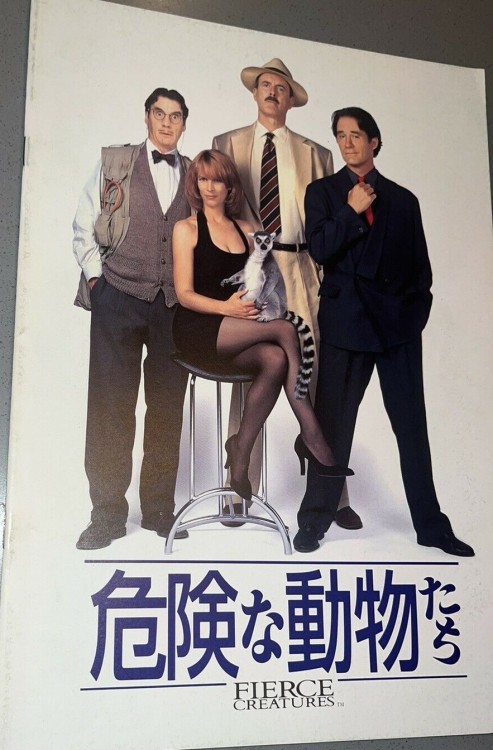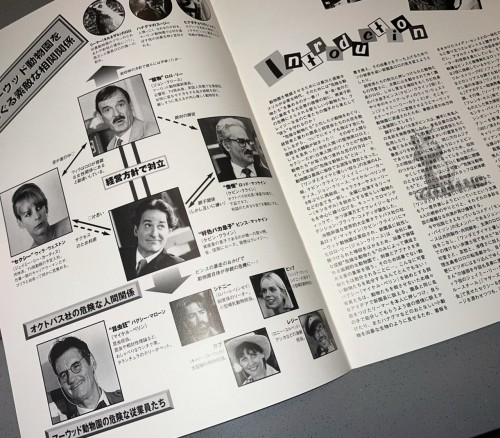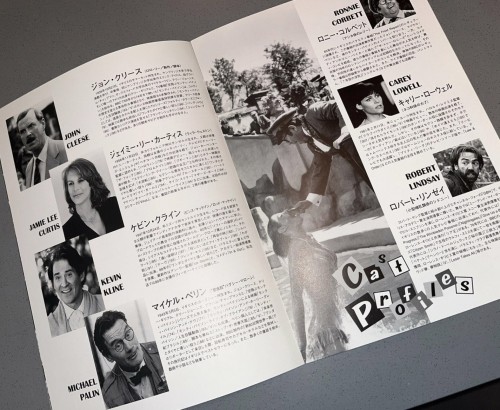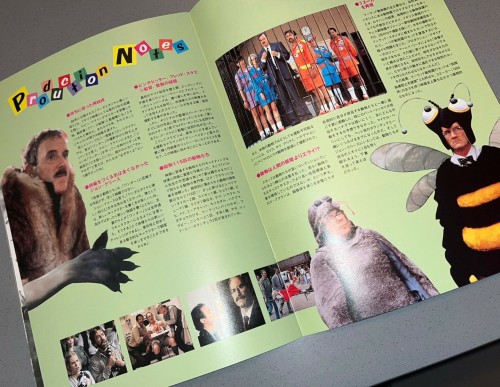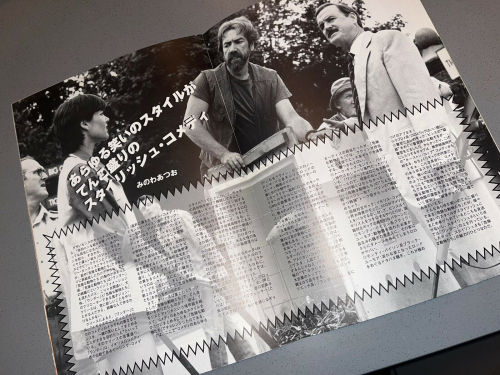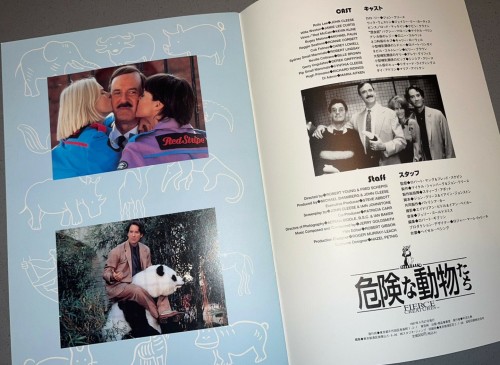#robert young
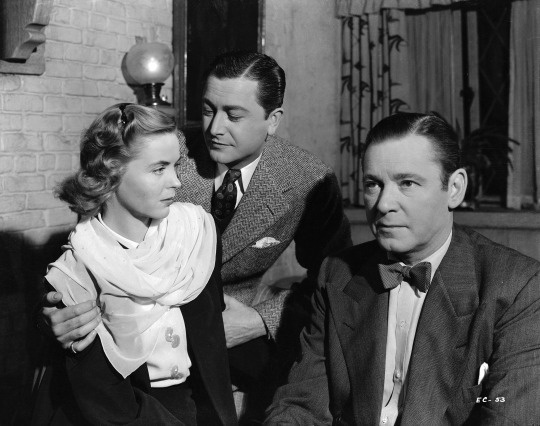
Released near the end of WWII, THE ENCHANTED COTTAGE (’45) thoughtfully presented a timeless tale of love and the true nature of beauty to a war-weary nation. But it also dives below the surface, imparting sensitive commentary on society’s standards of attractiveness and belonging, matters of which always seem to remain relevant even as the world changes.
In THE ENCHANTED COTTAGE, “homely” Laura (Dorothy McGuire) works as a housemaid at the cottage where handsome Oliver (Robert Young) and Beatrice (Hillary Brooke) plan to spend their honeymoon. However, WWII interrupts those nuptials, and a year later, Oliver gets discharged from service with visible battle scars. Bitter and almost driven to suicide, he shuts himself out from the world in that same cottage, where he befriends Laura and blind WWI veteran John (Herbert Marshall). Out of loneliness and convenience, Oliver and Laura marry, but something magical happens once they do: their physical imperfections melt away, but only to them, as love grants them the gift to see each other as they want to be seen.
Sir Arthur Wing Pinero penned the source material in 1922 in part to provide a confidence boost for injured WWI veterans. His play first hit the screen in 1924, and two decades later, WWII offered a timely background to update the story with similar effect; in fact, Variety predicted the picture would inspire tolerance and “make rehabilitation of the boys easier.” Almost a century after the story’s debut, The Enchanted Cottage’s themes continue to endure.
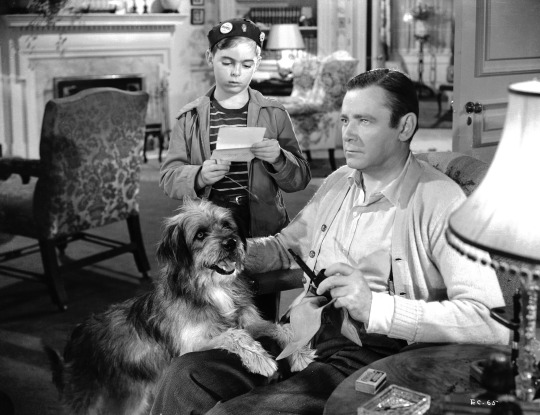
WWII expanded women’s roles, making it more acceptable for them to trade, to an extent, elegance for practicability and comfort, especially those who worked in factory jobs vacated by men. Even so, media and pinup photography highlighted beauty and desirability, confirming both genders “assigned great importance to female attractiveness,” as Susan M. Hartmann wrote in The Home Front and Beyond. Indeed, women’s magazines continually emphasized traditional femininity and glamour, while publications that men flipped through accentuated the same – and more overt sexual appeal, too.
As evidenced by her perceptive reaction to the shattering rebuffs she receives from servicemen at a dance, Laura does not fit the traditional modes of rouged-up style. Growing up in the internet age with similar pressures of glamour and perfect bodies everywhere I clicked, I identified with the humble and thoughtful Laura. Sure, society at large may not label her as physically attractive, but her appeal lies in the way she defends her worth and lives life on her own terms. The film presents her as more of a plain Jane, and viewers are privy to her compassionate character, which makes us root for her. That said, there has always existed a stark difference between the fantasy served up in media and women’s experience in the real world. Just like WWII opened up opportunities, modern women have access to a breadth of possibilities that have also altered how we live and look. Even though more diverse images of beauty are disseminated today, we still constantly consume meticulously crafted physical representations few can actually attain. The weight of 1940s societal pressures obviously left Laura with emotional scars, as such unreasonable demands still have the ability to do today.

Many soldiers returning from WWII also faced unrealistic expectations. As Mark D. Van Ells reported in To Hear Only Thunder Again, self-help books counseled veterans’ families to show patience, support and encouragement in difficult situations, which Oliver’s support system obviously didn’t do as he seeks to come to terms with his injuries. “Sensitivity seemed in short supply,” Thomas Childers remarked in Soldier from the War Returning when commenting on the stares and whispers disabled veterans regrettably encountered in public, which made many reluctant to venture out. That same social stigma and lack of empathy and kindness for one another, especially those who look different, sadly continue for too many today through bullying. In fact, internet anonymity seemingly gives people carte blanche to act much more cruelly online.
As Oliver despondently admits to John, he just wants his old life back. John W. Jeffries observed in Wartime America that post-war magazines and newspapers focused on getting back to normal, like going on trips and picnics. For disabled veterans, though, their new normal necessitated a completely different existence. Today, people feel similarly as we’ve lived with the COVID-19 pandemic for over a year. Many grapple with re-entering a society that looks unlike the one we left, and many more deal with tremendous loss and life-changing repercussions from the virus.
The outsider status imposed on Laura and Oliver draws them together in their own secluded world where they fit in. In the modern day, those who feel ostracized from society can find a sense of belonging with like-minded friends and companions around the world through online groups, social media and, of course, dating apps. Then as now, we just want to connect with others – and sometimes, as THE ENCHANTED COTTAGE reminds me, we have to look past the surface and embrace the true self that lies just beneath.
S E X Y P I N K
The UWI Department of Creative and Festival Arts and Vulgar Fraction Mas Band are pleased to share an online catalogue of costumes designed by the University’s students.
View the catalogue here: https://bit.ly/397FhYh
Mas Mourning—Becoming Wreaths is a University of the West Indies (UWI) Department of Creative and Festival Arts (DCFA) undergraduate course assignment designed by Dr. Marsha Pearce in collaboration with Vulgar Fraction, an Independent Carnival Masquerade band based in Trinidad and Tobago, and led by Robert Young.
In 2022, Vulgar Fraction conceived the idea of a masquerade presentation that embraces carnival, or mas, as memorial—to address ideas of life and loss in the pandemic. Students taking the UWI DCFA course titled Critical Readings in Caribbean Arts and Culture, facilitated by Dr. Pearce and teaching assistants Omari AshbyandBrendon Lacaille, were asked to consider what it means to “become wreaths” and translate their interpretation in the form of a costume made primarily with dried leaves. See costume designs by 35 students in the online catalogue.Image:
“Rise of Phoenix” costume by Shakira Burton.
Post link


